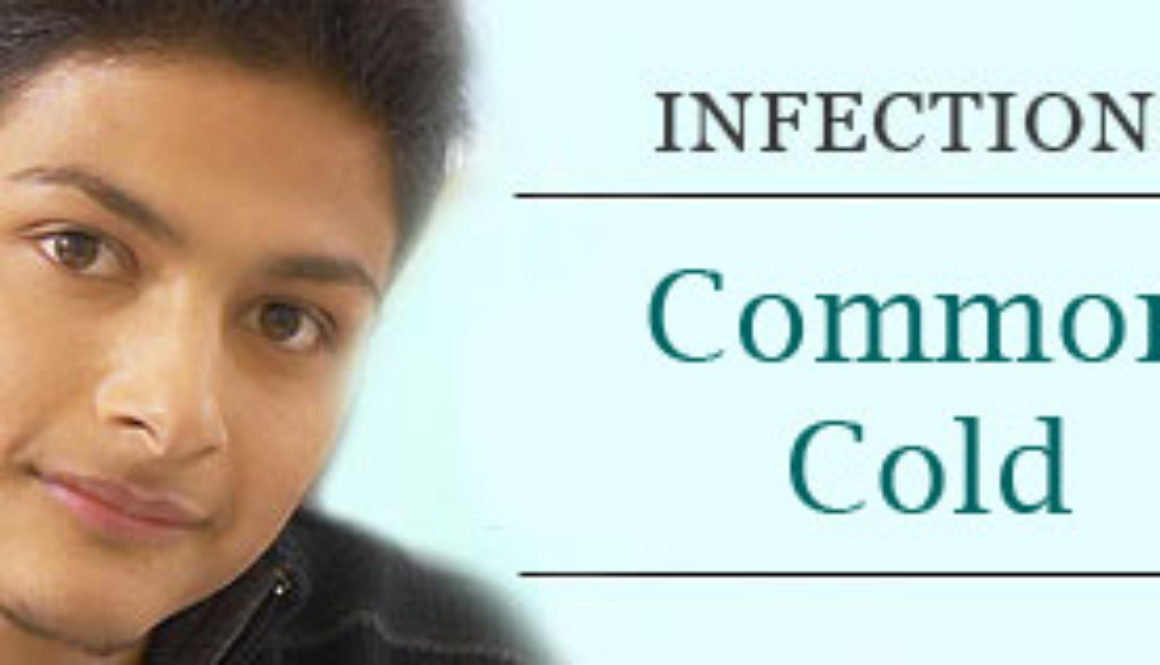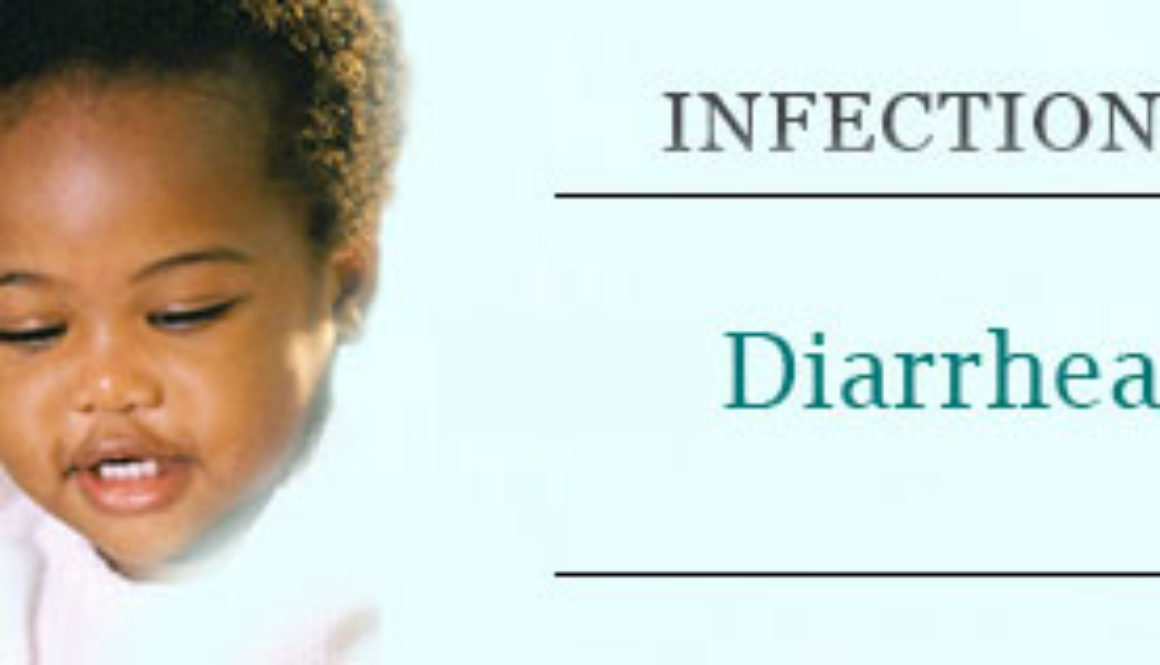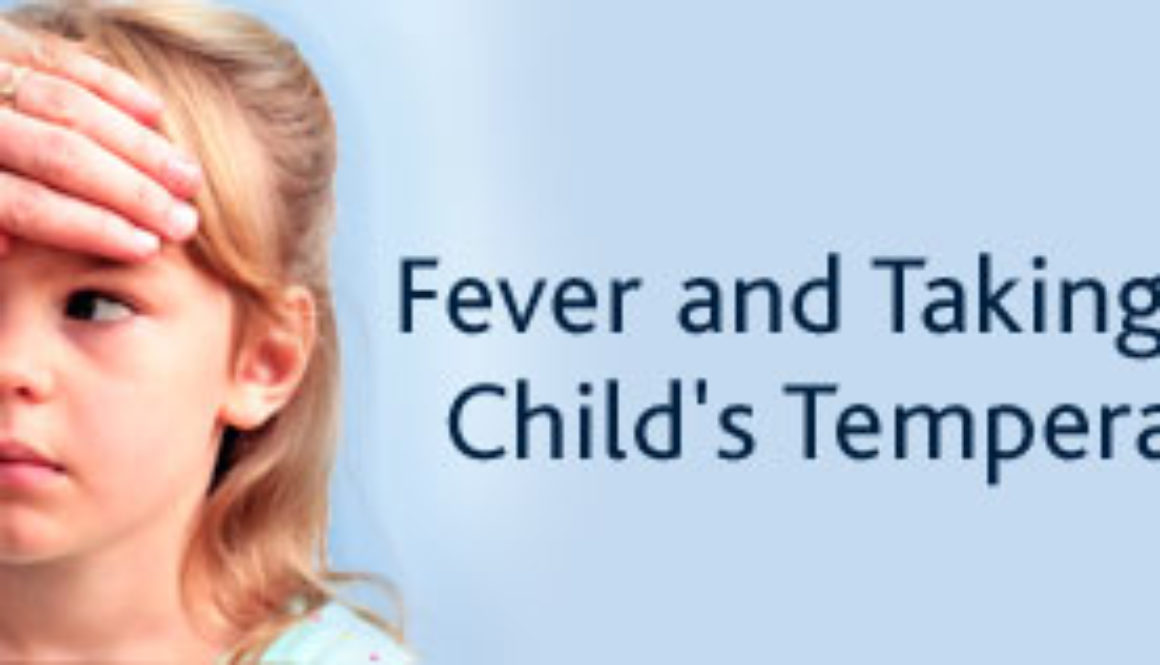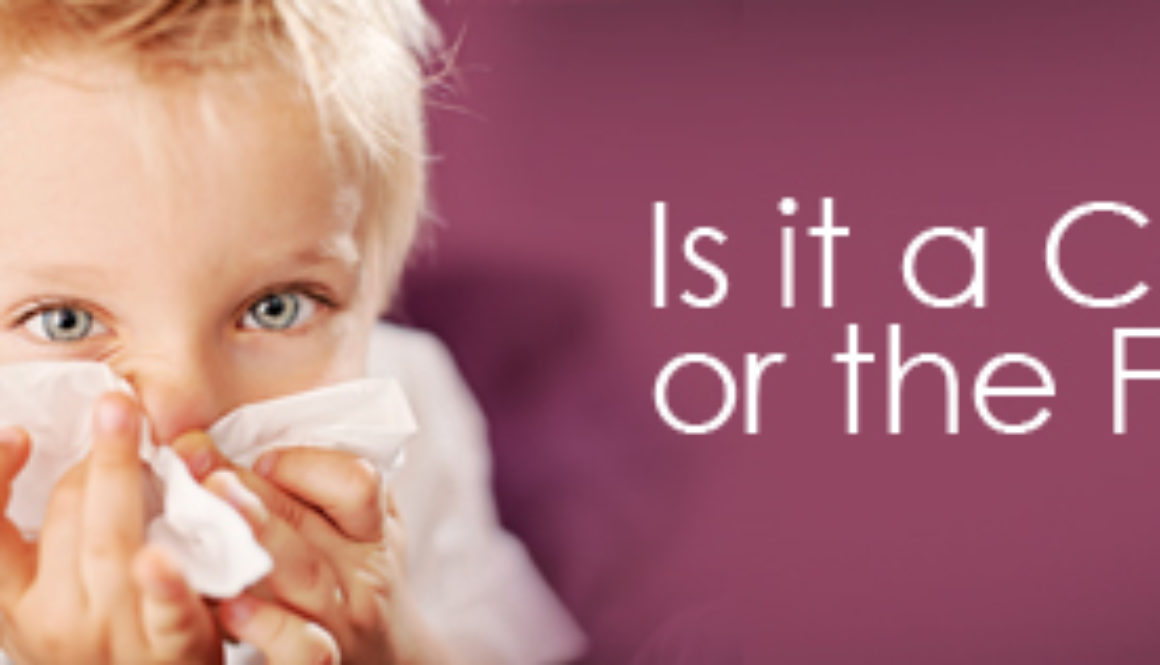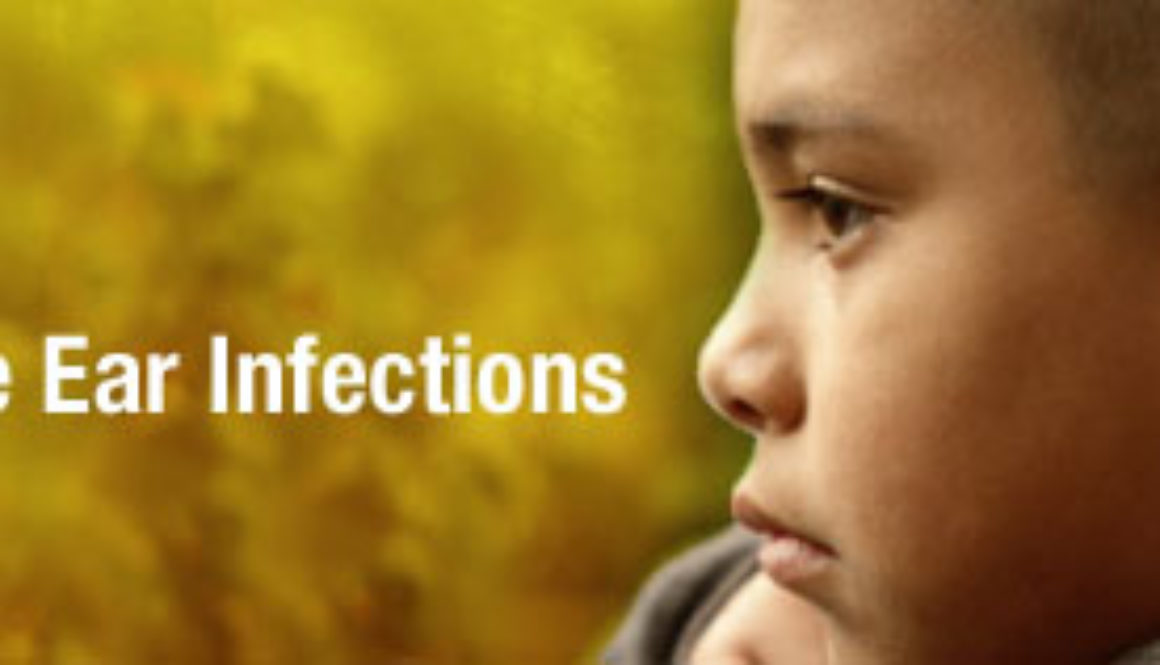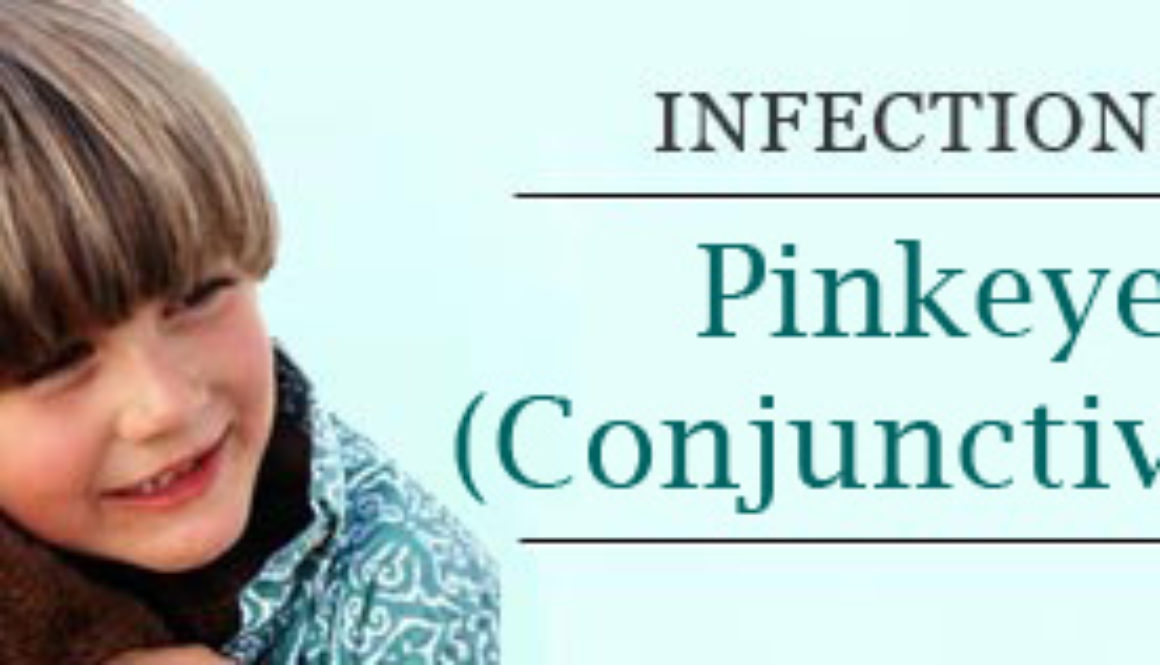Common Cold

The common cold catches all of us from time to time, bringing sniffles and sneezes and perhaps a sore throat and annoying cough.
Kids can get eight colds per year or more, making them the most common infectious disease in the United States and the top reason kids visit the doctor and miss school.
Causes
The common cold is a contagious viral infection of the upper respiratory tract. Most are caused by rhinoviruses carried in invisible droplets in the air we breathe or on things we touch. These viruses can get into the protective lining of the nose and throat, setting off an immune system reaction that can cause a sore throat, headache, and trouble breathing through the nose.
Dry air — indoors or outside — can lower resistance to infection by the viruses that cause colds. So can being a smoker or being around someone who smokes. Smokers are more likely to catch a cold than people who don’t smoke, and their symptoms probably will be worse and last longer, and can even lead to bronchitis or pneumonia.
But despite some old wives’ tales, not wearing a jacket or sweater when it’s chilly, sitting or sleeping in a draft, and going outside while your hair’s wet do not cause colds.
Signs and Symptoms
The first symptoms of a cold are often a tickle in the throat, a runny or stuffy nose, and sneezing. Kids with colds also might feel very tired and have a sore throat, cough, headache, mild fever, muscle aches, and loss of appetite. Mucus from the nose may become thick yellow or green.
Duration
Cold symptoms usually appear 2 or 3 days after exposure to a source of infection. Most colds clear up within 1 week, but some last a bit longer.
Contagiousness
Colds are very contagious, especially in the first 2 to 4 days after symptoms begin. They can even spread for a couple of weeks after someone starts feeling sick.
Colds spread through person-to-person contact or by breathing in virus particles, which can travel up to 12 feet through the air when someone with a cold coughs or sneezes. Touching the mouth or nose after touching skin or another contaminated surface can also spread a cold.
Prevention
Because so many viruses cause colds, there isn’t a vaccine to protect against them. To help avoid catching one, kids should:
- steer clear of anyone who has a cold
- avoid secondhand smoke
- wash their hands well and often, especially after blowing their noses
- sneeze or cough into a tissue or their elbow, not into their hands
- not share towels, drinking glasses, or eating utensils with someone who has a cold
- not pick up other people’s used tissues
Experts aren’t sure whether taking extra zinc or vitamin C can limit how long cold symptoms last or how severe they become, but large doses taken every day can cause negative side effects. Studies on herbal remedies, like echinacea, are either negative or aren’t conclusive. Few properly-designed scientific studies of these treatments have been done in kids.
Talk to your doctor before you give your child any herbal remedy or more than the recommended daily allowance (RDA) of any vitamin or supplement.
Treatment
“Time cures all.” That may not always be true, but in the case of the common cold, it’s pretty close. Medicine can’t cure the common cold, but it can be used to relieve symptoms like muscle aches, headache, and fever. You can give your child acetaminophen or ibuprofen based on the package recommendations for age or weight.
Never give aspirin to children younger than 12, or to kids and teens under age 19 who have a viral illness. Such use has been linked to Reye syndrome, a rare but serious condition that can be fatal.
You might be tempted to give your child over-the-counter (OTC) decongestants and antihistamines to try to ease the cold symptoms. But there’s little or no evidence to support that they actually work. In fact, decongestants can cause hallucinations, irritability, and irregular heartbeats, particularly in infants, and shouldn’t be used in kids younger than 4 years old without first consulting a doctor. Many experts now believe that there’s usually no reason to use these medicines in any child younger than 6.
Some ways you can help ease cold discomfort include:
- put saline (saltwater) drops in the nostrils to relieve nasal congestion
- run a cool-mist humidifier to increase air moisture
- dab petroleum jelly on the skin under the nose to soothe rawness
- give hard candy or cough drops to relieve sore throat (for kids older than 3)
- run a warm bath or use a heating pad to soothe aches and pains
- run a hot shower to create a steam-filled bathroom where your child can sit to help clear stuffiness
What about chicken soup? There’s no real proof that eating it can cure a cold, but sick people have been swearing by it for more than 800 years. Chicken soup contains a mucus-thinning amino acid called cysteine, and some research shows that chicken soup helps control congestion-causing white cells, called neutrophils.
The best plan, though, is not to worry about whether to “feed a cold” or “starve a fever.” Just make sure your child eats when hungry and drinks plenty of fluids like water or juice to help replace the fluids lost during a fever or from mucus production.
When to Call the Doctor
Your doctor won’t be able to identify the specific virus causing cold symptoms, but can examine your child’s throat and ears and take a throat culture to make sure the symptoms aren’t from another condition that may need treatment. If symptoms get worse instead of better after 3 days or so, the problem could be strep throat, sinusitis, pneumonia, or bronchitis, especially if your son or daughter smokes.
If symptoms last for more than a week, appear at the same time every year, or happen when your child is around pollen, dust, or animals, an allergy could be to blame. Kids who have trouble breathing or wheeze when they catch a cold could have asthma.
Always call the doctor if you think your child might have more than a cold, your child gets worse instead of better, or if your child has any of these symptoms:
- coughing up a lot of mucus
- shortness of breath
- unusual lethargy/tiredness
- inability to keep food or liquids down or poor fluid intake
- increasing headache or facial or throat pain
- severely painful sore throat that interferes with swallowing
- fever of 103°F (39.3°C) or higher, or a fever of 101°F (38.0°C) or higher that lasts for more than a day
- chest or stomach pain
- swollen glands (lymph nodes) in the neck
- earache
Like most viral infections, colds just have to run their course. Getting plenty of rest, avoiding vigorous activity, and drinking lots of fluids — juice and water — all may help your child feel better while on the mend.
Keeping up regular activities like going to school probably won’t make a cold any worse. But it will increase the likelihood that the cold will spread to classmates or friends. So you might want to put some daily routines aside until your child is feeling better.
